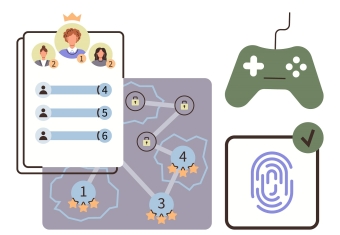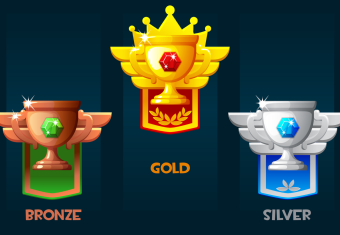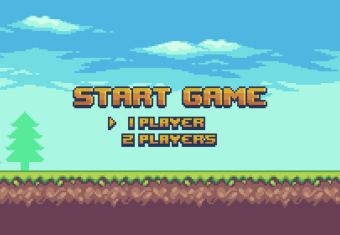Hello! I’m Venice, one of the Instructional Designers at Interserv. I’m here today with one of my first company blog posts – funnily enough, about how to write a post of your own.
Admittedly it's been a few years since I ventured into the world of online blogging but after spending some time researching, I’ve collated the following introductory tips to hopefully help you out (I know they certainly helped me).
What Is a Blog?
We’ve already established the reasons as to why people blog, but I thought it would help to first understand what a blog is before exploring how to write one.
A blog (a shortened version of “weblog”) is an online platform where a writer or group of writers share their views on a variety of topics. Blogs can take many different formats however their ultimate purpose is to provide information to readers. In fact, one of the articles I read about blogging described it as a “way to solve a particular problem.” For example, tech blogs provide reviews to help people decide which product they want to buy.
What Should You Blog About?
When you think about blogging as a means of providing information or to solve a problem, some things you can consider when choosing your blog topic are:
- Is there an specific area you would like to research and tell/connect with people about?
- Is there an area you are knowledgeable in that you would like to teach or think could be useful for other people?
Research
If your chosen topic isn’t something you’re especially informed about, take some time to do the research. You don’t have to be the number one SME when writing a blog post, but you do have to ensure you’re providing correct information.
Structure and Planning
Once you have picked your topic, consider items such as the length, format and tone of voice when structuring your blog post.
Length
There are no fixed rules to blog posts, however it’s important to note that readers typically consume blog content by browsing the post and looking only for the relevant information they need. At Interserv, we believe blogs should be concise and to the point, with around 500 words being the rough guide.
Format
There are also no set requirements for a blog post format. They can range from personal journals to more focused, problem-solving content such as how-to posts, reviews, and lists. Websites such as Grammarly can provide examples of different blog formats.
Tone of Voice
Consider who your audience is and the tone you want for your blog. Is it informal and conversational? Or do you perhaps want to have a more professional and formal tone?
Write Your Blog
Once you have your idea and rough structure, there’s no time like the present to start writing. It may not be perfect at first, which is why here at Interserv we encourage self and peer reviews prior to publishing content.
We also largely stress that our blog content needs to be original work. Any content included that has already been published elsewhere should have the appropriate permissions or references.
Post Frequently and Consistently
As mentioned in a previous post, blogs are an excellent way of creating engagement with useful content. The success of a blog is very much dependent on how consistently you post, so once you start make sure to keep that momentum going.
Blogging is a great way to educate and connect with people. As I've found, writing your very first post can be daunting however hopefully with the tips above, you'll be well on your way to starting your blogging journey.


